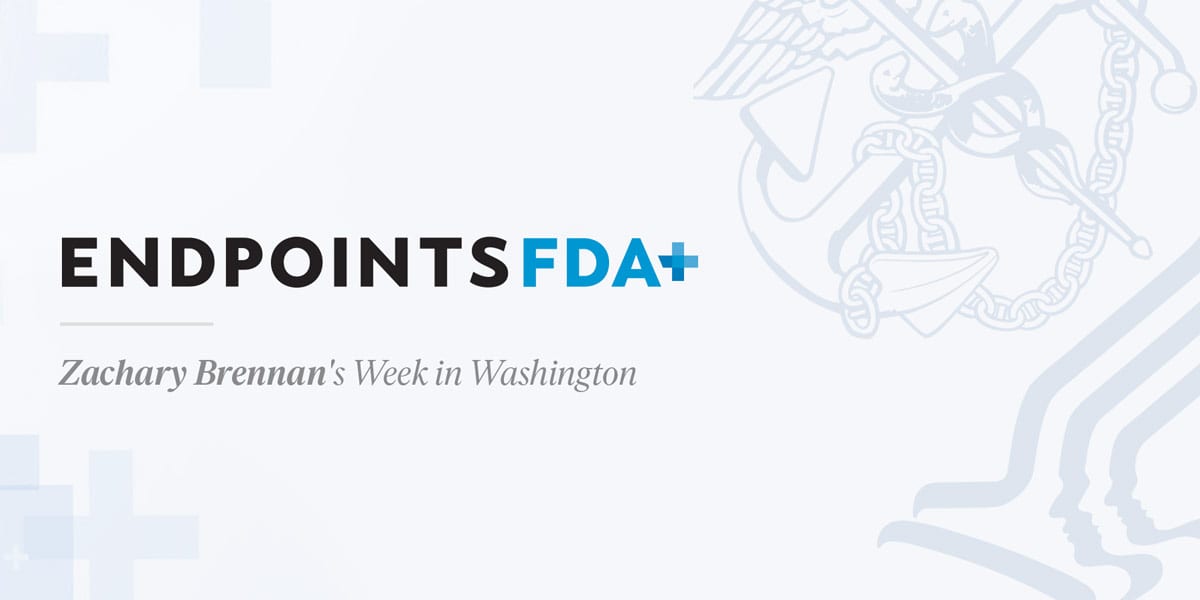
Opinion: US and EU reviews of blood clots and J&J’s Covid vaccine show why a transparent process matters
When the CDC’s top advisory committee met last week to review whether a handful of very rare but potentially fatal blood clots with low platelets …
Sign up to read this article for free.
Get free access to a limited number of articles, plus choose newsletters to get straight to your inbox.